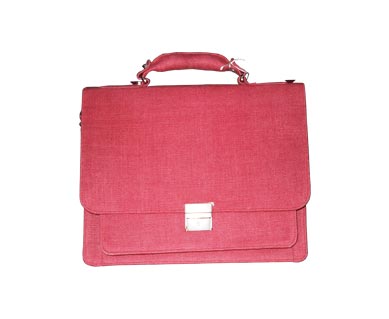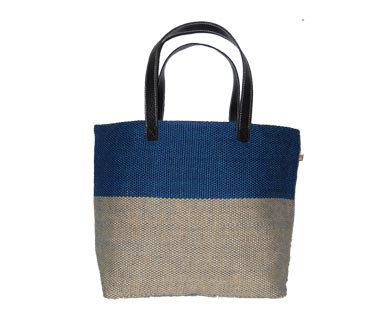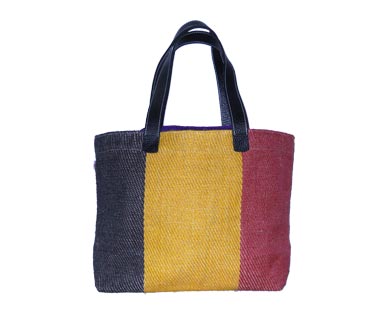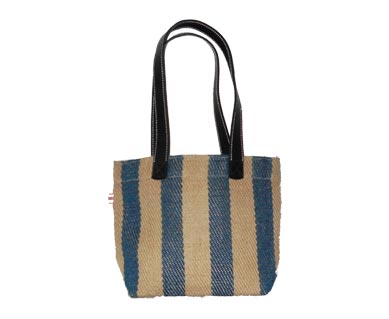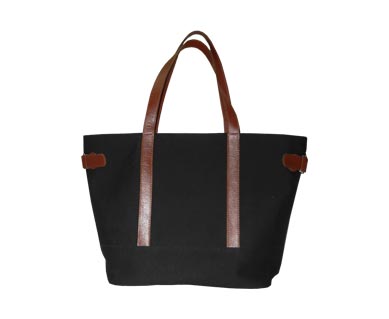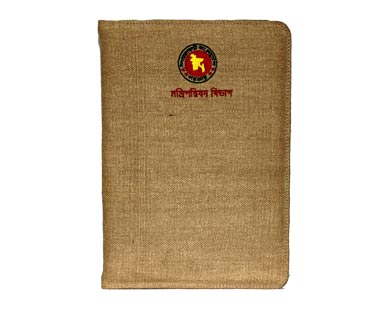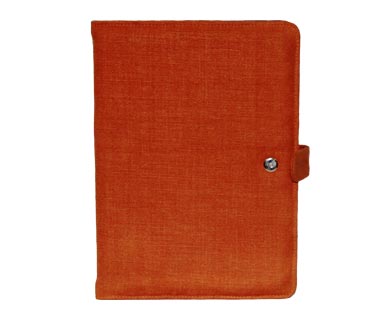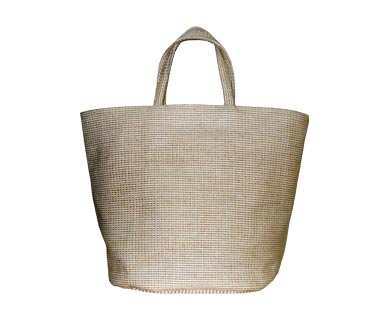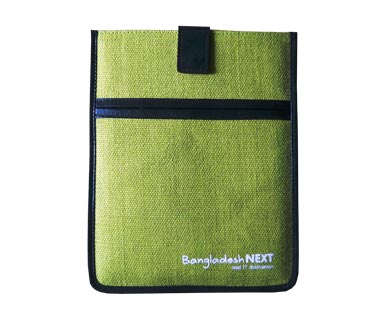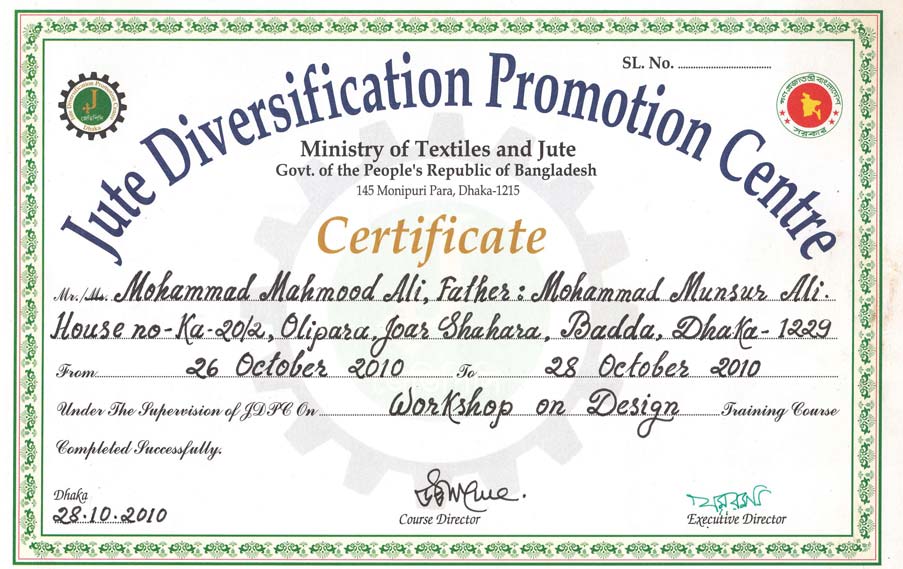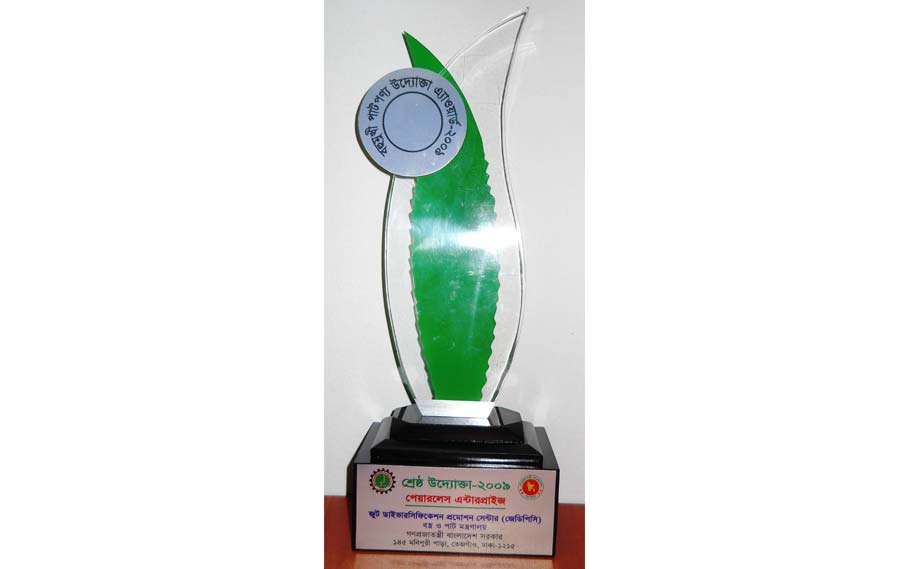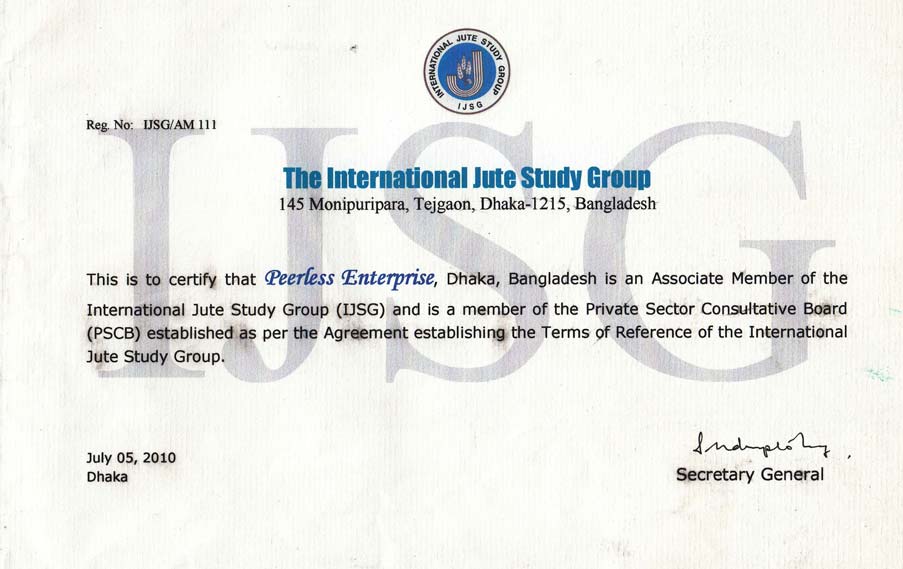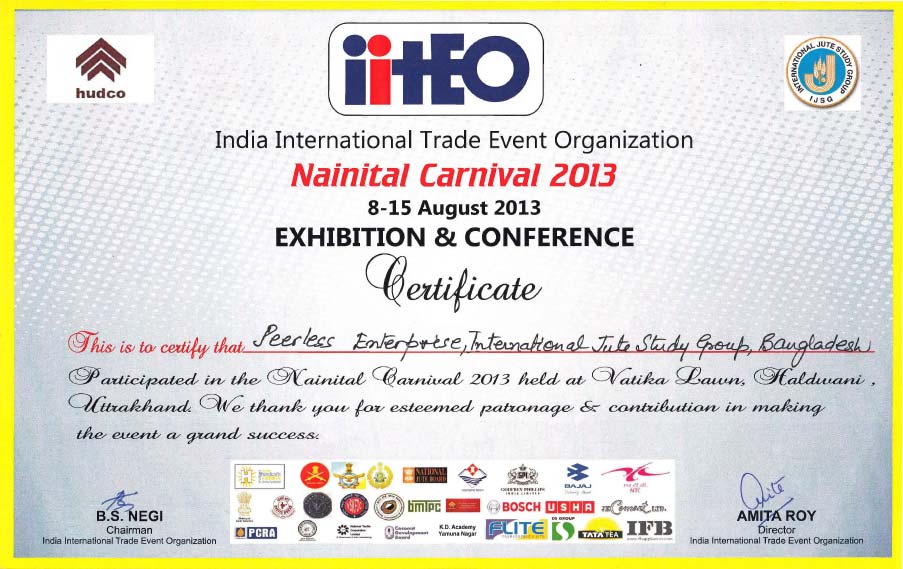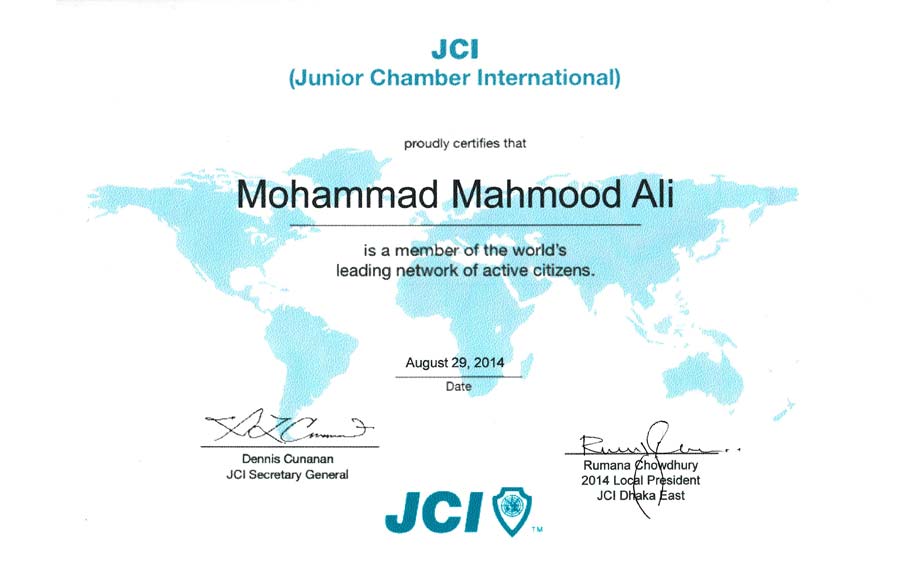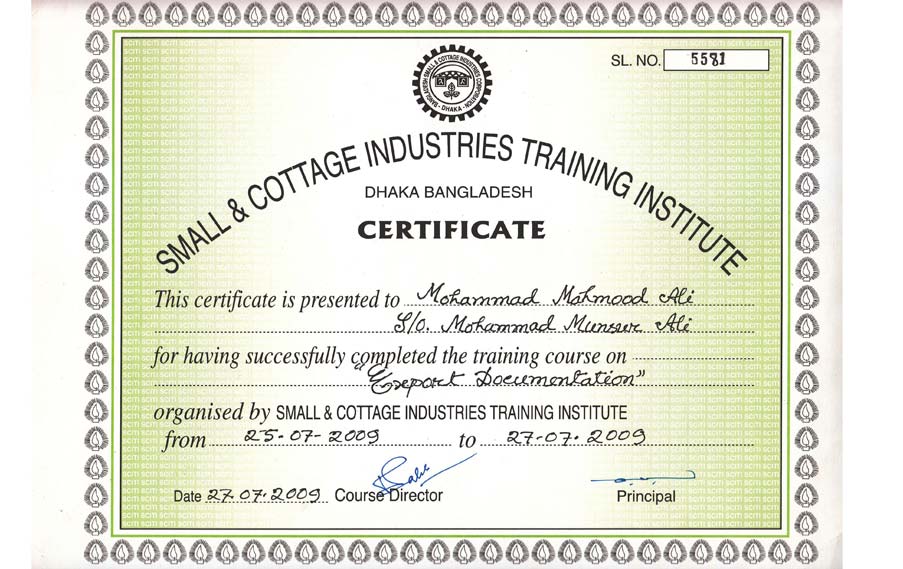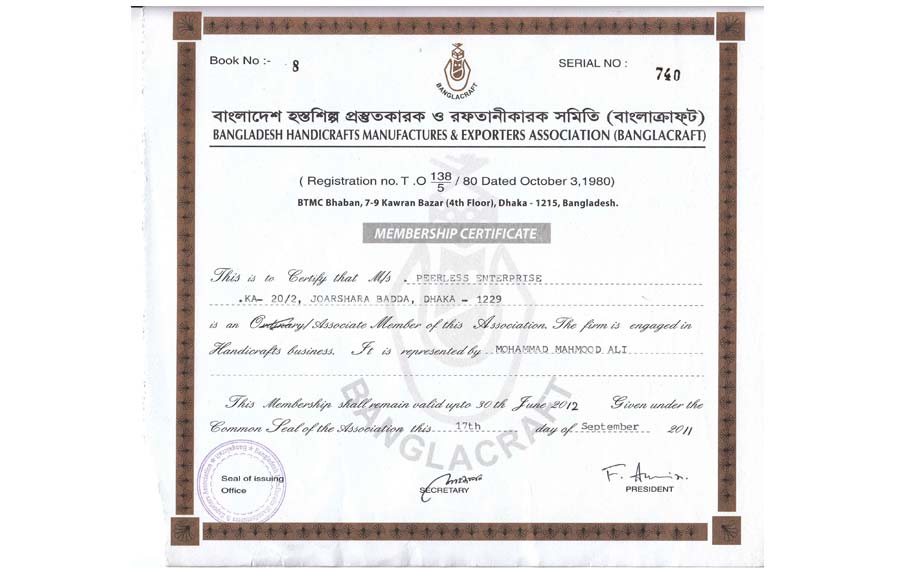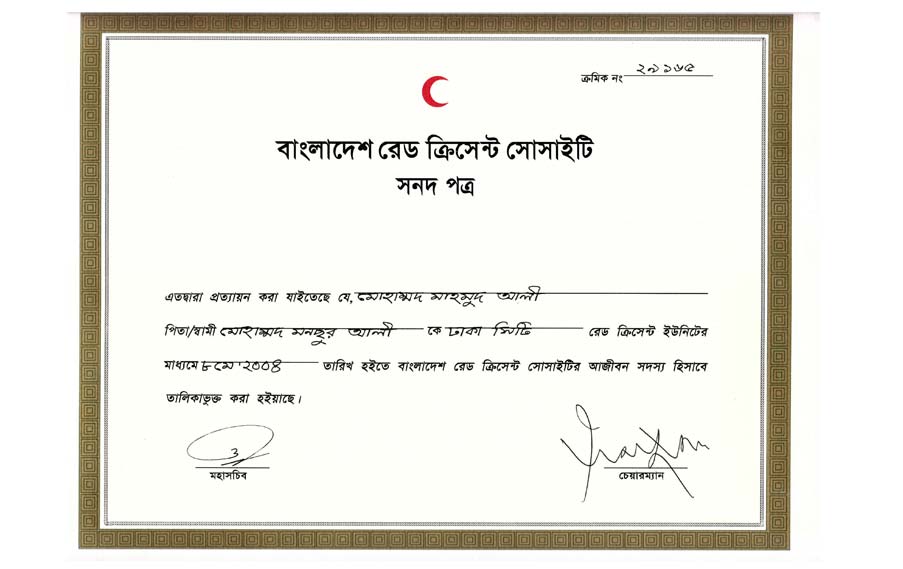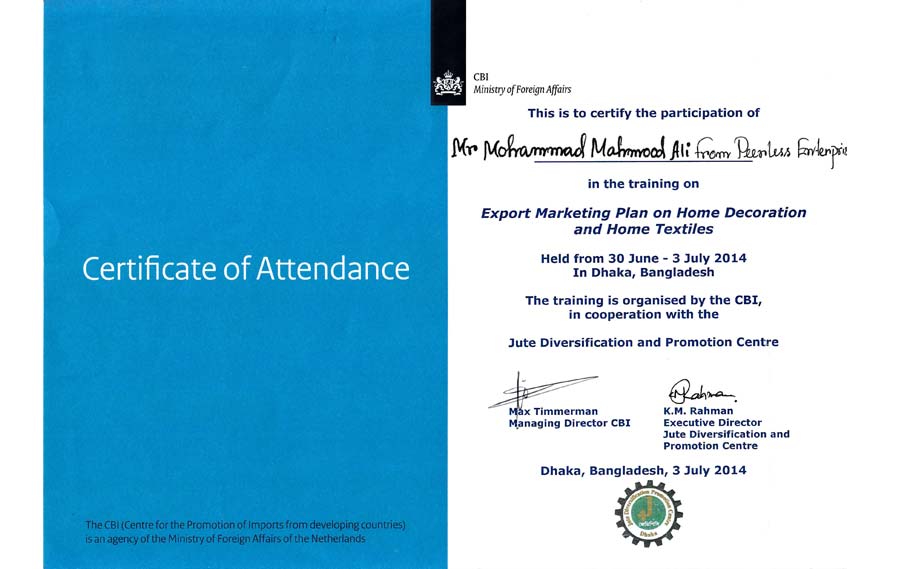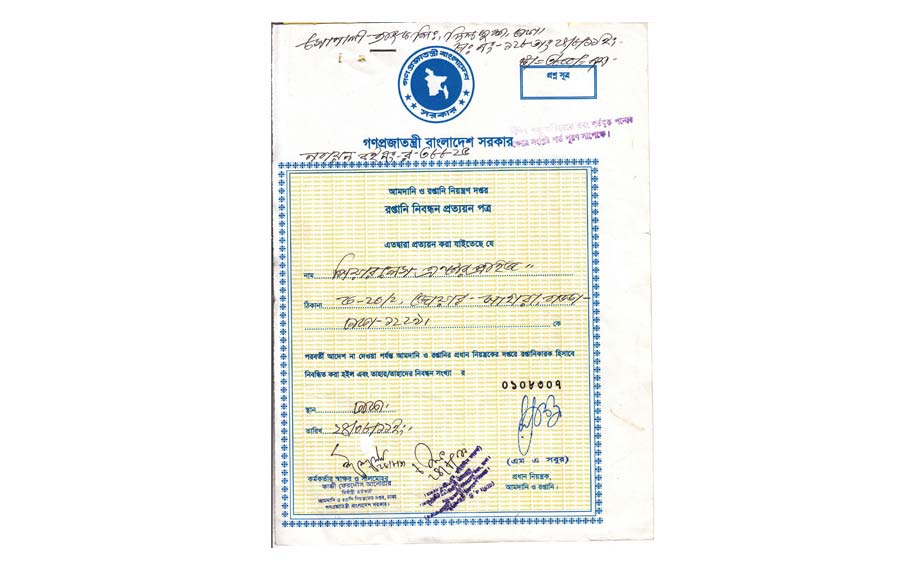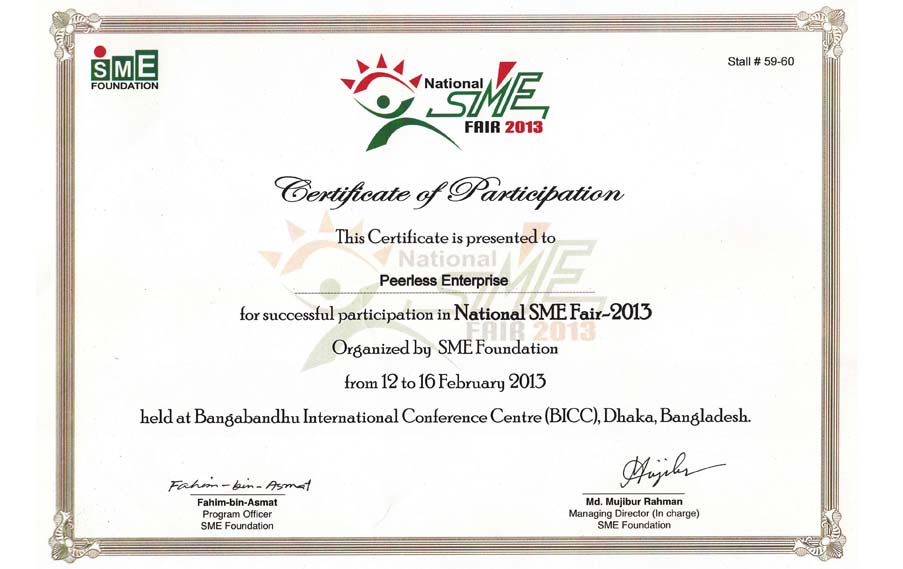All Categories
News & Events
-
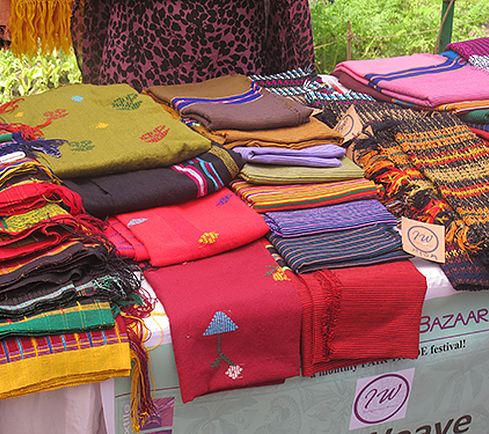 25th December, 2015We promote fair trade.[...]
25th December, 2015We promote fair trade.[...]
-
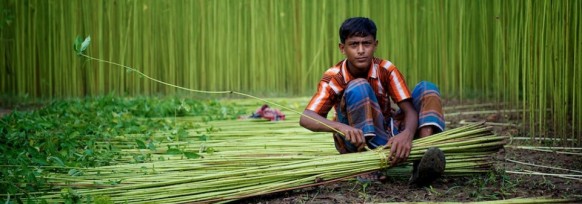 26th December, 2015Grading System of Jute Fiber[...]
26th December, 2015Grading System of Jute Fiber[...]
Products
The jute trade is centered mainly around Bangladesh and the Indian State of West Bengal. The major producing country of jute is Bangladesh, due to its natural fertile soil. Bengal Jute was taken to Europe early in the 17th century by the Dutch and the French and later by the East India Company to Britain. By the 1790s a much larger trade had developed in the Scottish city of Dundee, the European home of jute spinners. Introduced to the British by the East India Company, crude fibre was the bulk still exported from Bengal after 1790, but a thriving trade did not really begin until after 1850 through mechanised processing, to meet rising demand.
As an input to the jute manufacturing (goods) industry, the supply for jute is derived from the demand. Nearly 75% of jute goods are used as packaging materials, burlap, gunny cloth, (hessian), and sacks. Carpet Backing Cloth, the third major jute outlet, is fast growing in importance. Currently, it consists of roughly 15% of the world's jute goods consumption. The remaining products are carpet yarn, cordage, felts, padding, twine, ropes, decorative fabrics, and heavy duty miscellaneous items for industrial use.
Our Certificates
Our Certificates contribute to Chevening in various ways, helping us to develop talented individuals from across the globe who will go on to be future leaders and decision makers. Our partners help to make the experience our scholars and fellows have even more special, forging lasting relationships.
Our general terms & conditions for Exports
We have an experienced team which is capable to ensure production deadlines and quality standards


